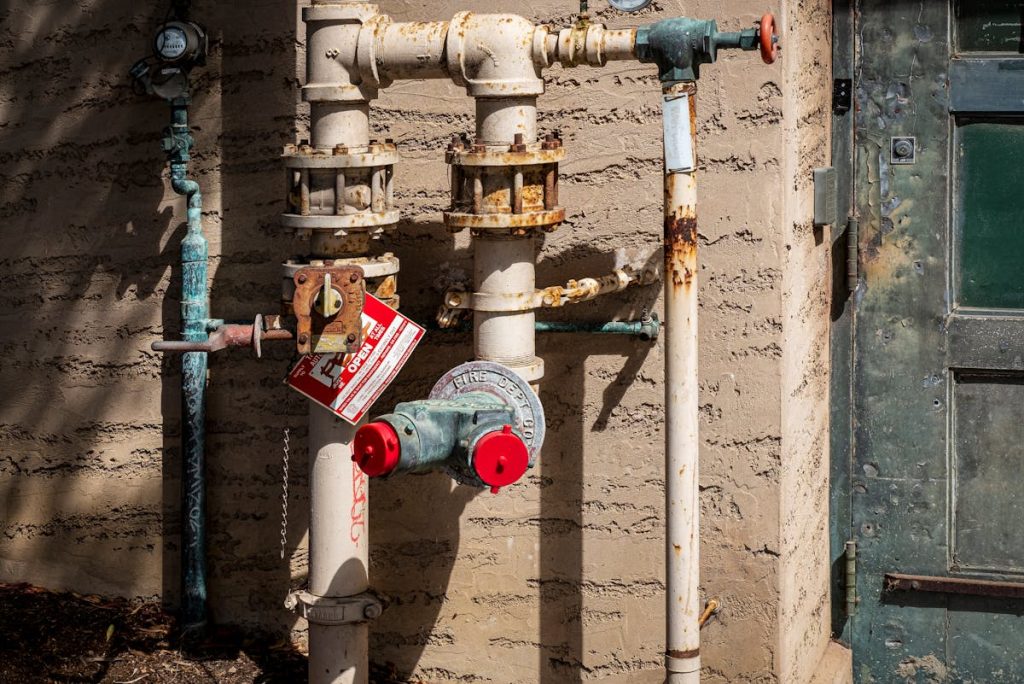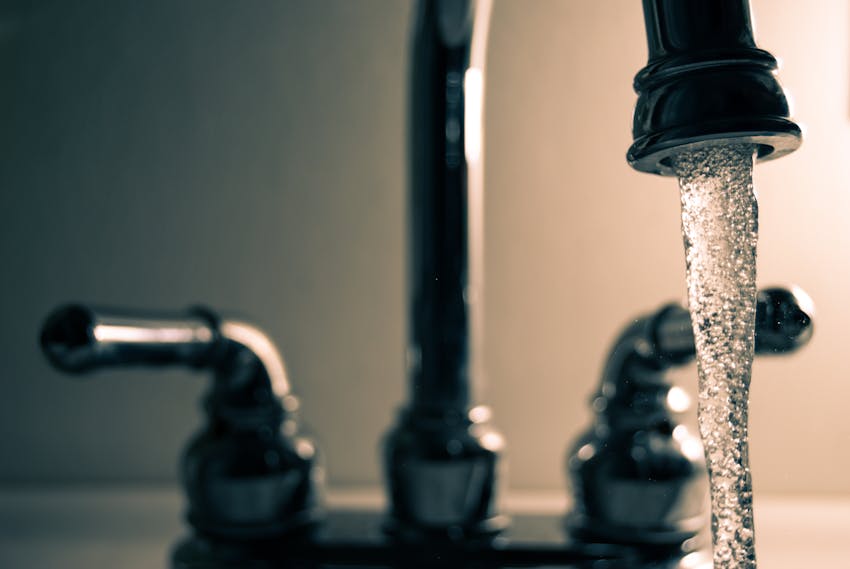
When to Repipe: Signs and Solutions
Knowing when to replace your home’s plumbing system can save you from unexpected damage, costly repairs, and major inconveniences. Just like any part of your home, pipes wear out over time, but the signs aren’t always obvious. Learning how to recognize early indicators of plumbing failure and understanding the best steps to take will help you protect your investment and maintain a safe, functional living space.
Here’s what every homeowner should know about aging pipes, critical warning signs, and the most effective ways to address plumbing system failure.
Warning Signs You Shouldn’t Ignore
Pipes may be hidden behind walls and under floors, but they often reveal their age through subtle, and not-so-subtle,clues. Recognizing these early can prevent minor issues from becoming major problems.
1. Persistent Low Water Pressure
If water flow from your taps or showerheads has gradually weakened, internal pipe blockages may be to blame. Corrosion or mineral deposits often reduce the interior diameter of aging pipes, leading to significant pressure loss. This not only disrupts your daily routine but can also signal serious deterioration inside your plumbing system.
2. Discolored or Rusty Water
Brown or yellow water coming from your taps is a major red flag. It often indicates corrosion inside old metal pipes, especially galvanized steel or iron. As these pipes degrade, flakes of rust can enter your water supply, compromising both safety and quality. This issue demands immediate attention, as it can affect everything from drinking water to laundry.
3. Frequent Leaks and Water Damage
Are you constantly calling a plumber to patch leaks? If your plumbing system seems to be springing new leaks every few months, it’s likely not a coincidence. Older pipes become brittle and more prone to cracks over time. While temporary fixes may seem convenient, repeated leaks usually point to a broader system-wide issue that needs a full replacement.
How Long Do Pipes Typically Last?
Understanding the expected lifespan of various piping materials helps homeowners plan for eventual replacements and avoid unexpected surprises.
| Pipe Type | Average Lifespan | Common Problems |
|---|---|---|
| Galvanized Steel | 20–50 years | Corrosion, blockages |
| Brass | 40–70 years | Pinhole leaks over time |
| Copper | 50+ years | Sensitivity to acidic water |
| Cast Iron | 75–100 years | Internal corrosion, slow drainage |
| PEX (Plastic) | 40–50 years | UV damage, fittings wear |
If your home is over 20–30 years old and still has its original plumbing, it may be time to evaluate whether an upgrade is needed, especially if you’re experiencing multiple warning signs.
Effective Solutions for Outdated Plumbing
Once you’ve identified that your plumbing system is failing, taking the right steps can restore your home’s water reliability and quality.
1. Schedule a Professional Assessment
Before committing to a full overhaul, consult a licensed plumber to inspect the system. Using diagnostic tools like pipe cameras and pressure tests, they’ll identify hidden leaks, corrosion, and potential hazards. A thorough inspection helps determine whether targeted repairs will suffice or if a full system replacement is necessary.
2. Select the Right Materials
Today’s homeowners have more options than ever when it comes to plumbing materials. Each has its benefits, depending on your budget, water quality, and long-term needs.
- Copper is highly durable and resistant to bacteria but comes at a higher cost.
- PEX is flexible, affordable, and easy to install—ideal for renovations.
- CPVC is another cost-effective plastic option, though it’s slightly more rigid than PEX.
Discuss the pros and cons of each with your plumber to find the most suitable material for your home’s layout and climate.
3. Minimize Household Disruption
Whole-home plumbing replacement may sound daunting, but with proper planning, the disruption can be kept to a minimum. Professionals can often work in zones, allowing you to maintain water access in parts of the house while others are being updated. Prepare by moving furniture, covering valuables, and discussing a clear timeline with your contractor.
Long-Term Benefits of Replacing Old Pipes
Upgrading your plumbing system offers more than just peace of mind. It adds real value to your property, improves water quality, and reduces the risk of costly water damage. You’ll enjoy:
- Better water pressure
- Cleaner, safer water
- Fewer repair bills
- Higher resale value
For those planning to sell their home in the near future, modern plumbing is a strong selling point that can give your property a competitive edge in the market.
In summary, outdated pipes don’t just impact your plumbing, they affect your entire home’s safety, comfort, and efficiency. From low water pressure and rusty water to ongoing leaks, the signs of plumbing failure are clear if you know what to look for.
Whether your home is several decades old or you’ve noticed recent plumbing issues, don’t delay in seeking expert guidance. A licensed professional can help assess your system, recommend the right materials, and manage the project from start to finish. Contact Joe Cole Plumbing to schedule a comprehensive inspection and secure your home’s plumbing for years to come.

